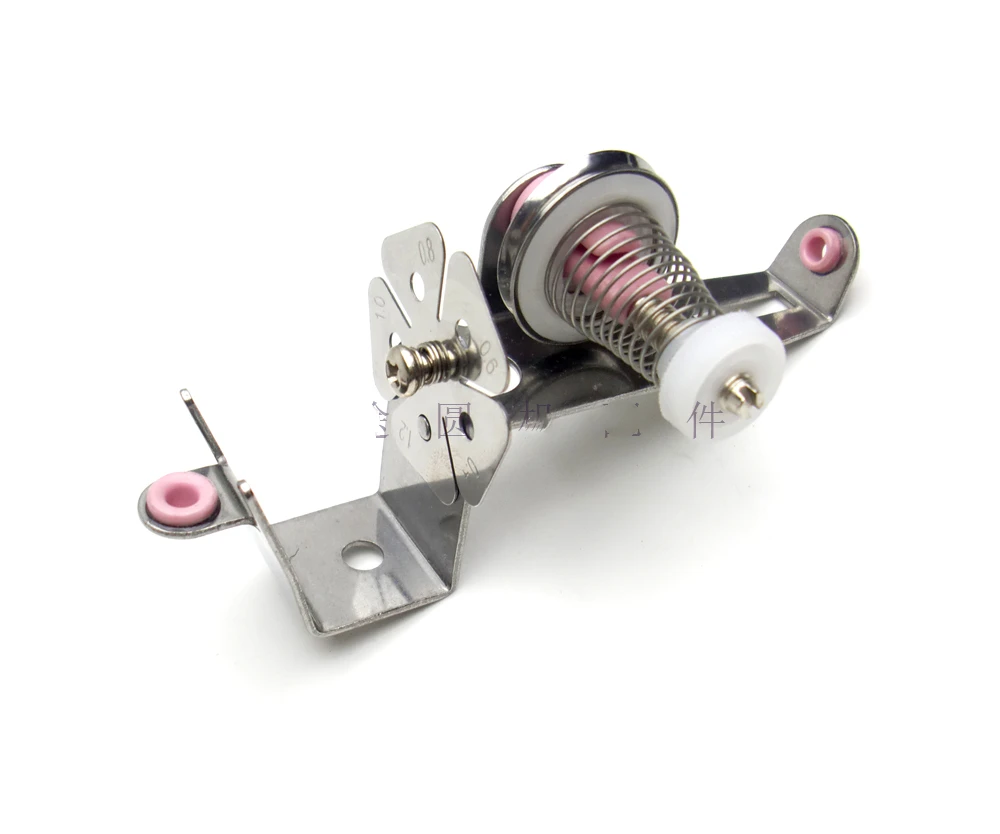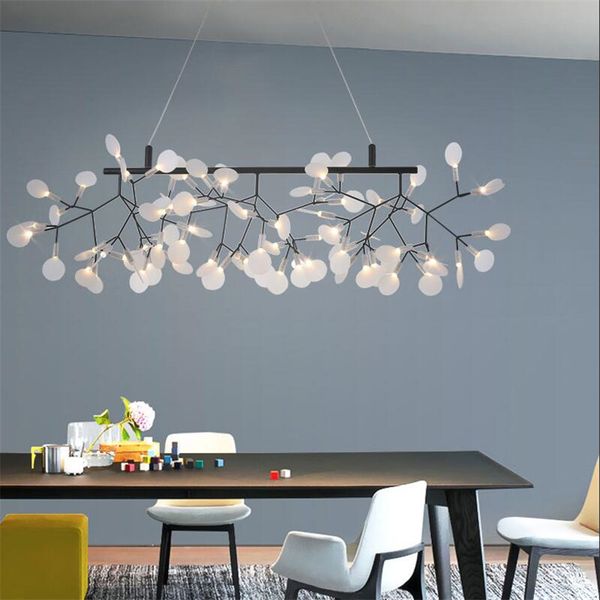DC Gear Motor Micro Small Low Speed Large Torsion Permanent Magnet 24V XD37GB3530 Bracket(200rpm/min )
Описание
Item Type: DC Gear Motor Model: XD-37GB3530 Material: Copper Output Shaft Size: Approx. 5.5 x 15mm / 0.2 x 0.6in Insulation Resistance: After the rated operation of the motor under normal temperature and humidity when measuring the insulation resistance between the coil and the motor shell with a DC500V resistance meter it does not exceed 20MΩ Insulation Withstand Voltage: After the rated operation of the motor under normal temperature and humidity 50Hz or 60Hz is applied between the coil shells for one minute and the abnormality is 1500V. Temperature Rise: It is normal to install a gear box or equivalent heat sink and conduct rated operation under normal temperature and humidity by using the resistance method to measure the temperature rise of the coil below 70℃ Insulation Class: Class B(130℃) Operating Environment Temperature: Motor: -10~+40℃ (no icing) Use Environment Humidity: 85% or less (no condensation) CW/CCW: Yes Speed Adjusted: Yes Model Voltage(DC/V) No-Load Speed (rpm/min) No-Load Current(A) Rated Torsion(kg/cm) Load Speed (rpm/min) Load Current(A) Power(W) XD-37GB3530 24 100 0.09 4 93 0.34 10 200 0.09 2 175 0.34 10 300 0.09 1.8 245 0.34 10 500 0.09 0.8 435 0.34 10 600 0.09 0.5 353 0.34 10 Notes: 1 Overload and Locked Rotor: When the motor is running it generates heat due to the energy conversion that occurs inside the coil and the iron core and the temperature gradually rises. The load is within the rated range and the heat generation and heat dissipation are balanced and the coil of the motor will not be burnt. However it will cause heat under overload and locked-rotor conditions. When the running time is too long the insulating film on the enameled wire of the coil is dissolved causing a short circuit between the enameled wires and burning the motor. 2 When Running at Low Speed: For DC motors carbon brushes are generally used. The rotating commutator rubs against the carbon brushes creating sparks at the notches of the commutator. When the motor is running at a low speed the carbon brush powder that is easily generated by the friction between the commutator and the carbon brush will accumulate in the commutator slot causing a short circuit and burning the motor and driver. Please be very careful. 3 Precautions on the PWM Controller: When using the PWM controller the carbon brushes have a shorter service life than in the rated voltage (or fixed voltage) state. In addition depending on the frequency of use carbon brushes may wear out quickly. The frequency of PWM control of DC motors is generally 10-20KHz and repeated ON-OFF during PWM control can save energy. However the parts used in the motor are similar to the frequency of use which will cause resonance and heat. Please pay full attention to use. In the PWM control state when using the built-in motor of the electrolytic capacitor the motor may not rotate at a certain fixed frequency. Please try to use varistor to hide the motor. (Need to do related tests) 4 Regarding Inertia and Braking: After the motor is powered off the rotor will still rotate due to inertia which is the inertia of the DC motor. If you want to stop the rotation immediately you can short-circuit the positive and negative terminals after turning off the power. The use of this kind of brake is to use the motor to generate electricity (reverse current). The current may increase temporarily and shorten the life. 5 Treatment of Floor Motor: Because the magnetic tile is a brittle material the DC motor may break the magnetic tile once it falls causing the motor to block and cause burns. Please do not use the motor after it has landed at a high altitude.
График изменения цены & курс обмена валют
Пользователи также просматривали

$8.50
Tactical Red Dot Cover For C-More Red Dot Sight Protector Scope Protector Kit Plastic For Hunting
aliexpress.com
$11.43
Учебные пособия по гольфу Практика обучения гольфу Чашка для гольфа Отверстие для чашки для гольфа
aliexpress.ru
$66.18
86614021 BRP140 BRP150 комплект для ремонта гидравлического молотка MONTABERT комплект уплотнений 8661 4021
aliexpress.ru
$30.79
Черная, синяя, зеленая, фиолетовая, марокканская кафтан, Королевский Женский комплект Абайи с поясом, роскошный Дубай, блестящий кардиган, Платье макси с длинным рукавом
aliexpress.ru
$27.60
Новая одежда для гольфа для женщин, Спортивная одежда на осень и зиму, женская спортивная одежда с длинным рукавом, высокая эластичность, поддержка под заказ
aliexpress.ru
$8.55
Модуль катушки зажигания для подвесных двигателей Yamaha 63V-85570-00-00 63V855700000
aliexpress.ru
$41.45
boots black pink blue knee high boots western cowboy boots for women long winter boots pointed toe cowgirl wedges motorcycle boots 230803
dhgate.com
$10.44
For BMW R1250GS ADV R1200GS/ADV LC 2014-2019 Motorrad Side Stand Sidestand Switch Protector Guard Cover CNC Stainless Steel
aliexpress.com
$17.08
Toradora Print Mens Sweatshirts Spring Autumn Cotton Casual Loose Tops Fashion Homme Brand Hip Hop Graphic Streetwear Tracksuit
aliexpress.com
$15.96
Yarn Feeder Integral Yarn Clearing and Yarn Feed Assembly UPF Yarn Storage Device Integrated Yarn Feeder Support Large Circular
aliexpress.com
$105.18
Пластиковая модель HGUC Mobile Suit Gundam Gaiden Sengen no Blue Destiny Unit 01 в масштабе EXAM 1/144 с цветовой кодировкой синий
joom.com
$12.44
Женские летние модные топы без рукавов с нерегулярными ягодицами и круглым вырезом с принтом L армия зеленый
joom.com
$4.40
Інструмент для моделювання латексних повітряних куль своїми руками Ланцюжок із пластикових повітряних куль Повітряна кулька Ручка для краватки День народження Весільний декор 1pcs різнокольоровий
joom.com
$8.88
Удобный пищевой класс DIY Легкий 8 сеток для приготовления мороженого Кухонные принадлежности Форма для мороженого синий
joom.com
$22.26
Подсвечник в виде скелета ведьмы на Хэллоуин, готическая подставка для свечей в виде скелета, ароматизированная чайная свеча, подсвечник, украшение для стола B
joom.com
$11.61
Женские зимние однотонные перчатки для женщин, походов, верховой езды, варежки с разделенными пальцами, утолщенные, сохраняющие тепло, перчатки с полным пальцем чёрный
joom.com
$30.28
Портативный складной вентилятор с пластиковым основанием, портативный вентилятор, перезаряжаемый складной ручной вентилятор для использования на открытом воздухе, в путешествиях и в помещении белый
joom.com
$59.62
1 шт. Большой вращающийся на 360° ящик для хранения кистей для макияжа, портативный настольный органайзер для косметики, держатель для помады, карандаша для бровей, теней для век
joom.com
$86.23
Английская версия Armed Dragon LV3 Armed Dragon LV3 1-е издание Yu-Gi-Oh! LED2-EN025 (Нормальный)
joom.com![Весенний набор шампуней BOTANIST для лечения повреждений Sakura Cherry Scent [2025 Limited] &
Весенний набор шампуней BOTANIST для лечения повреждений Sakura Cherry Scent [2025 Limited] &](http://img.joomcdn.net/8b03f10ec969072ce52c7edf8caf897aaf6e9733_original.jpeg)
$95.16
Весенний набор шампуней BOTANIST для лечения повреждений Sakura Cherry Scent [2025 Limited] &
joom.com
$171.30
Мужская куртка с воротником-стойкой Li Ning Badfive Basketball Series с полным принтом, черная AYMT135-1 L
joom.com
$735.98
Утюжок для волос с двумя пластинами 44 мм, быстрый нагрев в течение 15 секунд, регулировка температуры, ЖК-дисплей, блокировка дисплея, вращение шнура на 360 градусов, функция автоматического отключения питания
joom.com
$131.77
NISSAN 11110BC21B Поддон масляный 1.6 NISSAN MICRA (K12E), NOTE (E11), QASHQAI (J10) 1шт
goods.ru
$86.01
oversized 12 13 14 15 16 high heels sandals women shoes woman summer ladies tip-sequins buckled slim-heeled, Black
dhgate.com





















